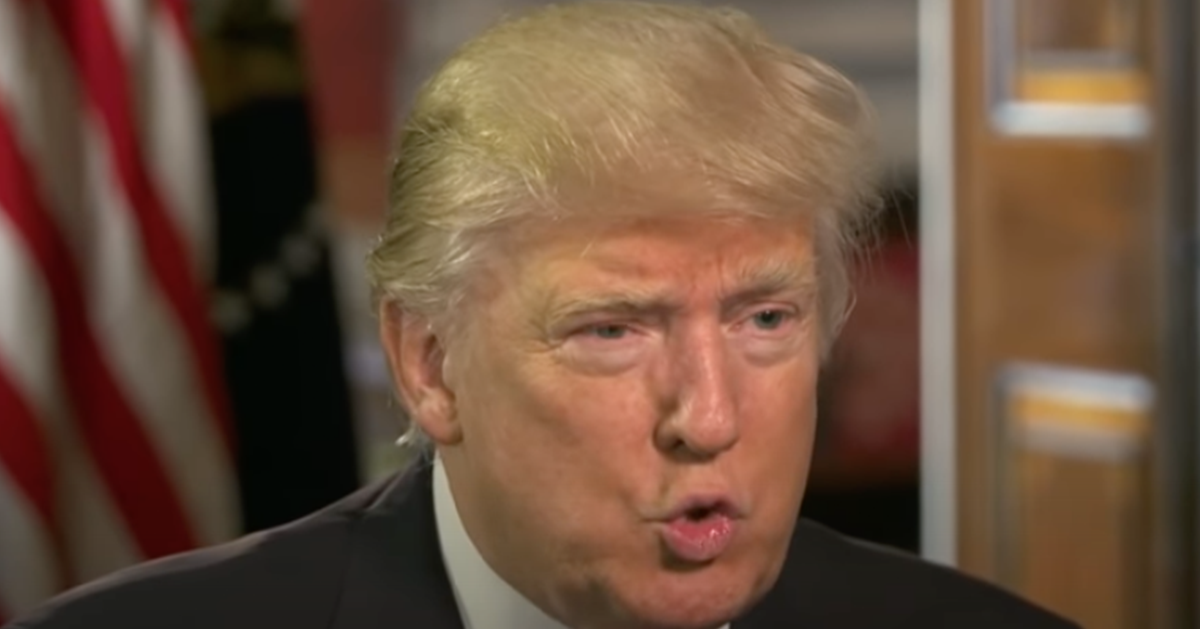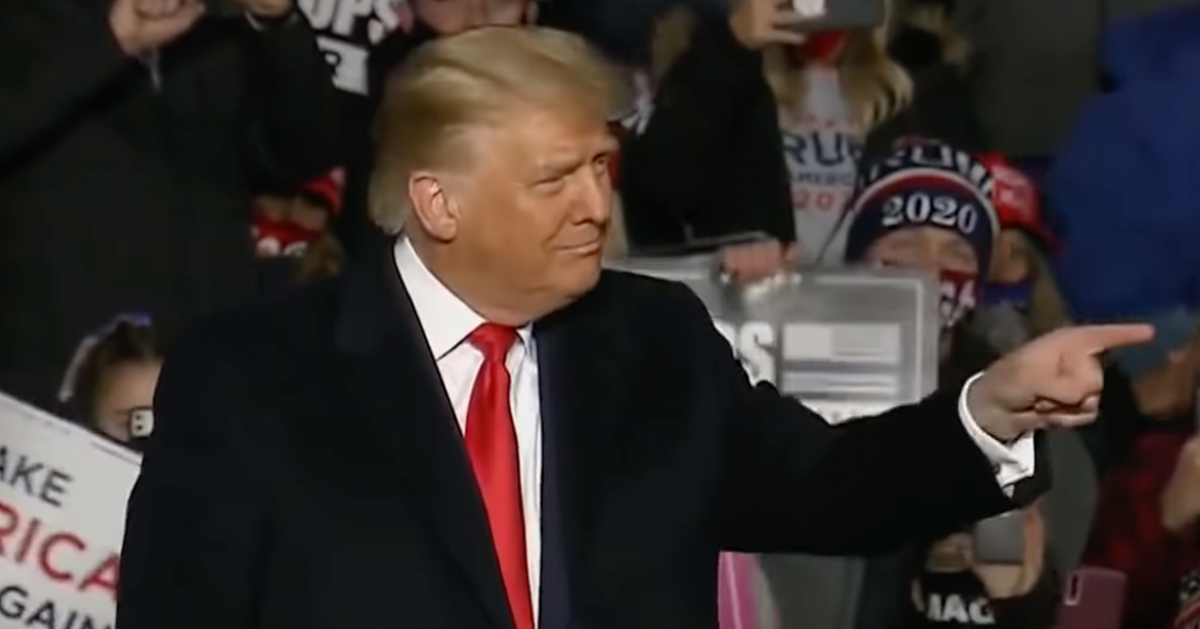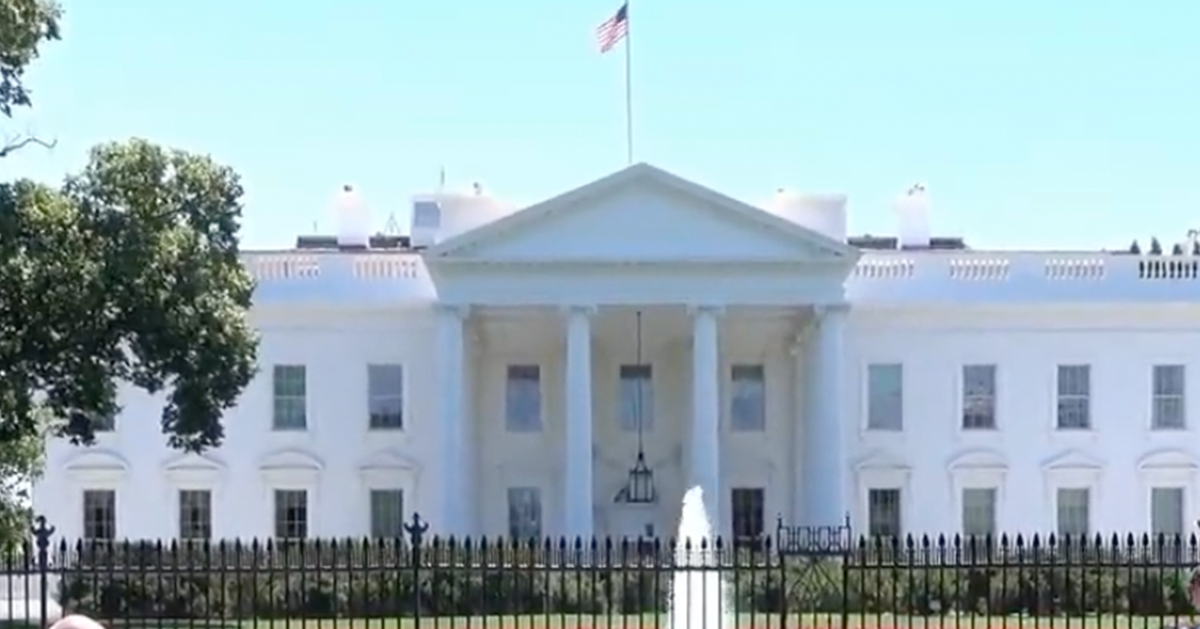Corporation for Public Broadcasting to cease operations in wake of federal funding cuts
The Corporation for Public Broadcasting (CPB) announced on Friday its plans to close down following substantial federal funding cuts backed by President Donald Trump and approved by Congress, as the New York Post reports.
The shift in financial support, which aligns with a broader $9 billion reduction in public media and foreign aid, calls for the end of CPB operations despite public resistance and its historical impact.
Established by Congress in 1967, CPB has been a longstanding pillar in public broadcasting, securing funding for NPR, PBS, and local media stations across the United States. Over the years, it channeled more than $500 million annually to these entities, vitalizing the nation's public broadcasting efforts.
Funding cut aligs with broader strategy
Earlier this year, the GOP-led House approved a budget cut of $1.1 billion to CPB's federal funding over the next two years. This decision aligns with calls from former President Trump, who has criticized public broadcasting outlets for perceived bias. Trump applauded the cuts, describing the decision as a significant victory after years of unsuccessful attempts by Republicans.
According to Patricia Harrison, CPB's president and CEO, the announcement followed the Senate Appropriations Committee's decision to not restore the funding, a move that solidified the organization's fate.
"Despite the extraordinary efforts of millions of Americans," Harrison expressed, attempts to preserve federal support fell short, necessitating the closure of CPB. This comes in the wake of intense lobbying efforts from the public to uphold the funding, which did not yield the desired results.
Transition team to oversee shutdown
As operations wind down, CPB's 100 staff members face significant changes. The majority will be let go by the end of September, marking a transition in the organization's infrastructure.
During this period, a transition team will remain in place until January 2026 to oversee compliance, fiscal distribution, and other logistical necessities.
NPR and PBS are notably impacted by the funding cuts, though at differing levels. NPR, relying on CPB for approximately 4% of its operations -- both direct and indirect -- will need to adjust its revenue plan. Meanwhile, PBS receives about 16% of its funding from federal sources, complicating its future planning.
While President Trump lauded these changes on Truth Social, noting that it fulfills long-standing goals of fiscal conservatism, the broader public broadcasting community now faces a period of uncertainty and realignment.
Legal perspectives, public concerns
The tumultuous period for CPB is further intensified by legal controversies. The Trump administration has initiated a lawsuit against three CPB board members who have refused to step down following new mandates. This adds a layer of complexity to the already challenging transition period.
The end of CPB operations marks a significant shift in the landscape of public broadcasting in the United States. For decades, it has played a pivotal role in funding local radio and television stations, providing them with resources crucial for serving the public interest and education.
As the transition proceeds, stakeholders within public media and associated communities are left to ponder the future. The impacts of these funding shifts may catalyze transformations in how content is produced and disseminated on both local and national levels.
Broader implications for local stations awaited
Local radio and TV stations receiving CPB support now face the daunting task of reassessing their financial models. These stations have historically relied on CPB funding to bridge financial gaps, enabling them to produce educational and cultural content that commercial media often overlooks.
Moving forward, many of these local entities will seek alternative funding sources to offset the absence of federal support.
This may include increased outreach for private donations, stronger partnerships, and innovative approaches to content creation and distribution.
In sum, the announcement marks a turning point, highlighting the evolving relationship between public media and federal support.
As independent media outlets grapple with these changes, the overarching question remains: How will public broadcasting maintain its commitments and service to the community amidst such financial restructuring?






